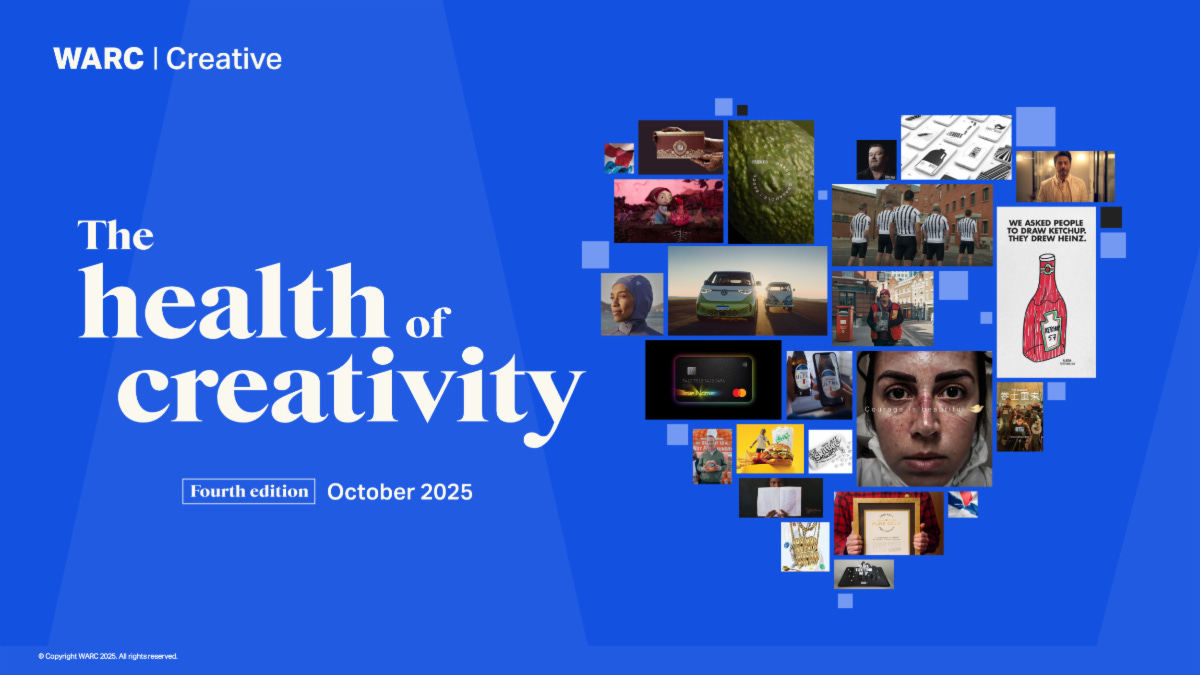The Creative Effectiveness Gap: Why Only One in Five Award-Winning Campaigns Deliver Commercial Results
A decade of data reveals the persistent disconnect between creative excellence and measurable effectiveness and points to what separates the best from the rest
Please note not all graphs have been included in this article for the complete Health of Creativity Report 2025 visit WARC CREATIVE
McDonald’s has won more creative awards than any other brand over t…
Keep reading with a 7-day free trial
Subscribe to The Media Stack to keep reading this post and get 7 days of free access to the full post archives.



